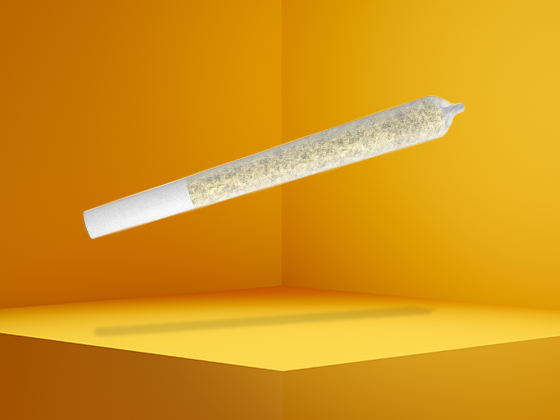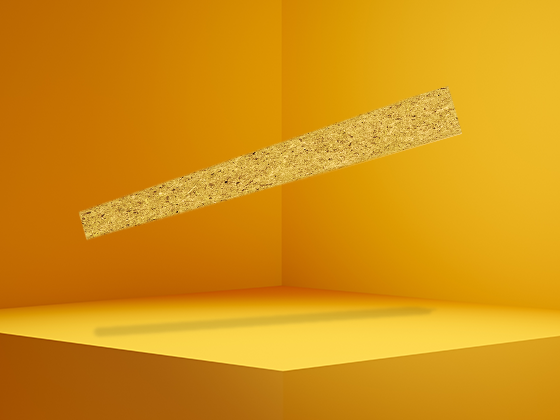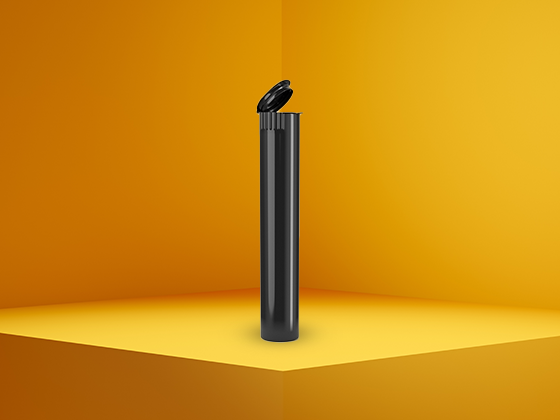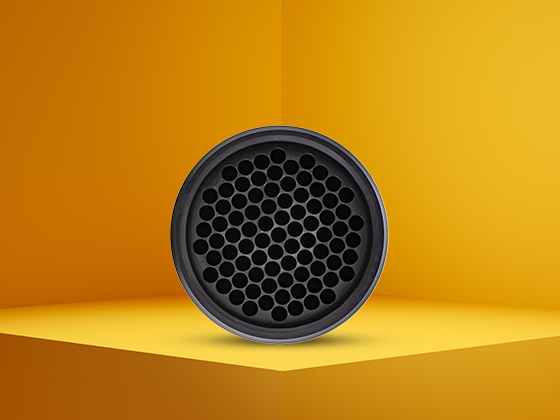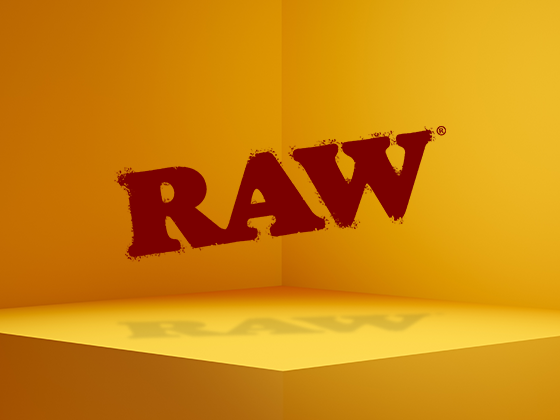Resources
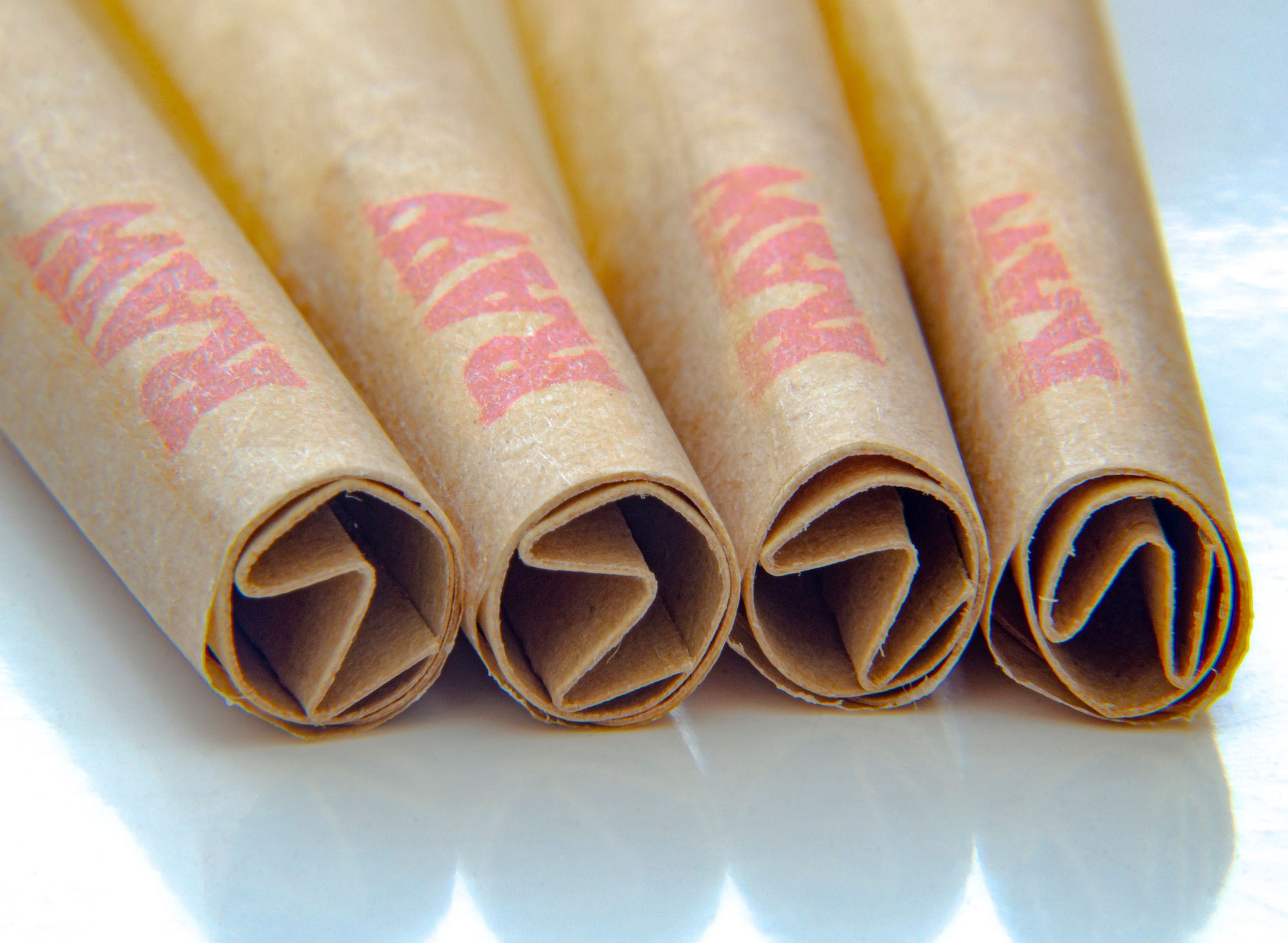
informational
Understanding RAW Filter Tips: A Comprehensive Guide
Table of Contents
What Are RAW Filter Tips?
Types of RAW Filter Tips
Benefits of Using RAW Filter Tips
How to Use RAW Filter Tips
RAW Filter Tips vs. Alternatives
Innovation and Sustainability in RAW Products
Understanding RAW Filter Tips: A Comprehensive GuideRAW filter tips have become an essential accessory for smokers who appreciate quality, functionality, and sustainability. These small but significant components enhance the smoking experience by providing structural support and filtering capabilities. This guide explores everything you need to know about RAW filter tips, from their composition to proper usage techniques.What Are RAW Filter Tips?RAW filter tips are small pieces of cardboard-like material designed to create a mouthpiece for hand-rolled cigarettes or herbs. Unlike traditional cigarette filters that remove some smoke compounds, RAW tips primarily serve as a structural element that prevents plant material from entering your mouth while allowing smoke to pass through unhindered.Made from unbleached, chlorine-free paper, RAW tip filters align with the brand's commitment to natural products. The company uses the same philosophy across its entire product line, including papers and accessories, as detailed in this comprehensive guide to RAW smoking products.Types of RAW Filter TipsStandard RAW TipsThe classic RAW tips come in booklets containing approximately 50 perforated strips. These are the most common and versatile option for everyday use. Each strip can be folded into various shapes depending on your preference and rolling style.RAW Perforated Wide TipsFor those who prefer a wider mouthpiece, RAW perforated wide tips offer additional surface area. These tips create a more substantial mouthpiece that some users find more comfortable and easier to handle.RAW Extra Wide TipsTaking width to another level, extra wide tips provide maximum surface area for those who prefer an even larger mouthpiece. The benefits of RAW extra wide tips include easier handling and the ability to create more complex filter designs.Pre-Rolled RAW TipsFor convenience, RAW also offers pre-rolled tips that eliminate the folding step. These ready-to-use options save time and ensure consistency. This guide to RAW rolling tips and pre-rolled options explores the differences and benefits in detail.Highlight: RAW filter tips are made from unbleached, chlorine-free paper that aligns with the brand's commitment to natural, unrefined products while providing structural support for your roll.Benefits of Using RAW Filter Tips
Prevents herb particles from entering your mouth
Provides structural integrity to your roll
Improves airflow and drawing experience
Allows you to smoke more of your material without burning your fingers
Creates a comfortable mouthpiece
Made from unbleached, natural materials
Biodegradable and environmentally friendly
Many smokers find that using RAW tip filters enhances their overall experience. As we explain in our ultimate guide to RAW tips and accessories, these simple additions can make a significant difference in comfort and enjoyment.How to Use RAW Filter TipsBasic Accordion FoldThe most common method for using RAW filter tips is the accordion fold:
Take a single filter strip from the booklet
Make a few small folds at one end (typically 3-5 folds back and forth)
Roll the remaining portion around these folds to create a cylinder
Place at one end of your rolling paper before adding herb material
Roll as usual, allowing the filter to guide the shape of your roll
This technique creates a simple yet effective filter that prevents material from passing through while maintaining good airflow. For those who prefer pre-made solutions, our collection of premium pre-rolled cones offers convenience without sacrificing quality.Advanced Folding TechniquesBeyond the basic accordion fold, experienced users often experiment with various folding patterns:
The Star: Creates a star-shaped center that provides excellent filtration
The Spiral: Offers a tight coil that prevents even fine particles from passing through
The W: A simple variation that provides additional filtering surface area
These techniques can be learned through practice and offer different benefits depending on your preferences and smoking style.RAW Filter Tips vs. AlternativesWhile RAW filter tips are popular, they're not the only option available. Understanding how they compare to alternatives helps you make informed choices:RAW vs. Generic TipsGeneric tips may be cheaper but often use bleached paper and may contain adhesives or other chemicals. RAW tips use unbleached, chlorine-free paper that aligns with health-conscious consumers' preferences.RAW Tips vs. Traditional Cigarette FiltersUnlike cigarette filters made from cellulose acetate (a form of plastic), RAW tips don't filter out compounds from the smoke. They simply provide a mouthpiece and structural support. This distinction is important for those who want the full flavor profile of their herbs.Many consumers wonder if RAW papers come with filters included. As explained in this article about RAW papers and filters, they're typically sold separately but are designed to work perfectly together.Innovation and Sustainability in RAW ProductsRAW continues to innovate within the filter tip category while maintaining its commitment to sustainability. The brand's focus on natural, unrefined materials extends beyond just marketing to actual product development and manufacturing processes.For those interested in the complete RAW experience, learning how to use and pack RAW cones can complement your understanding of their filter tips and overall product ecosystem.As consumer preferences evolve toward more sustainable and natural products, RAW's approach to creating minimally processed accessories positions them well in the market. Their filter tips represent just one component of a broader philosophy that resonates with environmentally conscious consumers.

flower
Everything You Need to Know About Rolling and Smoking Joints
Table of Contents
Joint Basics: What They Are and How They Look
Materials Needed for Rolling a Joint
Step-by-Step Guide to Rolling a Joint
Preventing Common Joint Problems
Proper Lighting Techniques
Popular Joint Variations
Tips for a Better Smoking Experience
Safety and Storage Considerations
Joints remain one of the most iconic and accessible ways to consume cannabis. Whether you're a beginner wondering what a joint looks like or an experienced user looking to perfect your rolling technique, this comprehensive guide covers everything from basic rolling methods to advanced tips for the perfect smoke.Joint Basics: What They Are and How They LookA joint is simply ground cannabis flower rolled in thin paper for smoking. For those wondering what a joint looks like, it typically resembles a hand-rolled cigarette but often has a slightly different color depending on the rolling paper used. The standard joint is straight and cylindrical with a slight taper at the end where you light it.Joints usually range from 0.3 to 1 gram of cannabis, making them perfect for personal use or sharing among a small group. The paper may be white, tan, or even novelty colors, while the cannabis inside might appear green, purple, or brownish depending on the strain.Materials Needed for Rolling a JointBefore learning how to make a joint, gather these essential supplies:
Cannabis flower (properly dried and cured)
Grinder (for consistent texture)
Rolling papers (hemp, rice, or flax varieties)
Filter tips or cardstock for making a crutch
Small card or tray for rolling surface
Optional: Rolling machine for beginners
Quality materials make a significant difference. As outlined in this beginner's guide to rolling the perfect joint, using a grinder ensures even burning, while choosing the right papers affects both flavor and burn rate.Step-by-Step Guide to Rolling a Joint1. Prepare Your CannabisTo make a joint properly, start by grinding your flower to a medium consistency. Too fine, and it burns too quickly; too coarse, and it burns unevenly. A proper grind creates the ideal airflow.2. Create a Filter TipFold a small piece of cardstock into an accordion pattern, then roll it to create a cylinder. This prevents plant material from entering your mouth and provides structural support. If you don't have filter material, these creative alternatives for rolling without a filter offer practical solutions.3. Fill and Shape Your PaperPlace your paper on a flat surface with the adhesive strip facing up and away from you. Position the filter at one end, then sprinkle your ground cannabis evenly along the crease. Use your fingers to shape it into a cylinder.4. Roll and SealWith the filter and cannabis in place, use your thumbs and forefingers to roll the paper back and forth, compacting the cannabis into a cylinder. Once shaped, tuck the unglued edge of the paper into the roll, then lick the adhesive strip and seal from the filter end to the tip.Highlight: The key to learning how to make a weed joint from plant material is patience and practice. Even experienced rollers started as beginners.Preventing Common Joint ProblemsMany beginners wonder how to keep a joint from drooping or canoeing (burning unevenly down one side). Here are solutions to common issues:
Drooping: Use a proper filter/crutch for structural support and don't oversaturate the paper with saliva when sealing.
Canoeing: Ensure even distribution of cannabis and rotate the joint while smoking.
Running: If one side burns faster, moisten your finger slightly and apply to the fast-burning area to slow it down.
Loose Roll: Practice the "tuck and roll" technique described in this comprehensive guide to rolling techniques.
Proper Lighting TechniquesLearning how to light a joint properly ensures an even burn and better experience:
Hold the joint between your thumb and index finger near the filter.
Rotate the joint while holding the flame slightly below the tip, not directly on it.
Take slow, gentle draws while rotating until the tip is evenly lit with a red glow.
Once lit, take a slightly stronger draw to ensure it's burning properly.
For windy conditions, cup your hands around the joint to protect the flame, or use a windproof lighter.Popular Joint VariationsClassic Joints vs. Specialized TypesWhile the standard joint remains popular, variations include:
Cone: Wider at the lighting end, narrower at the filter, allowing for more cannabis.
Cross Joint: Made famous in pop culture, this advanced style intersects two joints. This step-by-step cross joint guide walks through the creation process.
Jeeter Joint: For those wondering what is a Jeeter joint, it's a popular pre-roll brand known for potent, infused joints with distinctive packaging.
Clip Joint: Not actually a joint style, but slang for a place that overcharges customers or provides less cannabis than promised in pre-rolls.
Tips for a Better Smoking ExperienceTo enhance your joint smoking experience:
Corner the joint when lighting to prevent charring the entire tip at once.
Ash regularly to maintain an even burn.
Take measured draws rather than heavy pulls to prevent canoeing.
Use a roach clip for the final portion to avoid burning fingers.
Effective techniques for smoking and preserving joints can help extend the life of your roll and improve the overall experience.Safety and Storage ConsiderationsProper storage and safety measures are essential for responsible cannabis use. Store joints in airtight containers to preserve freshness and potency. If you have children in your home, it's critical to use appropriate child-resistant packaging solutions to prevent accidental access, just as you would with medications or other adult products.For travel, use smell-proof containers to maintain discretion. Remember that cannabis laws vary by location, so always be aware of local regulations before carrying or consuming joints in public spaces.Whether you're just starting to learn how to make a joint or refining your technique after years of practice, the process of rolling and smoking joints combines tradition with personal expression. With practice, patience, and these guidelines, you'll be rolling perfect joints and enjoying them responsibly in no time.

